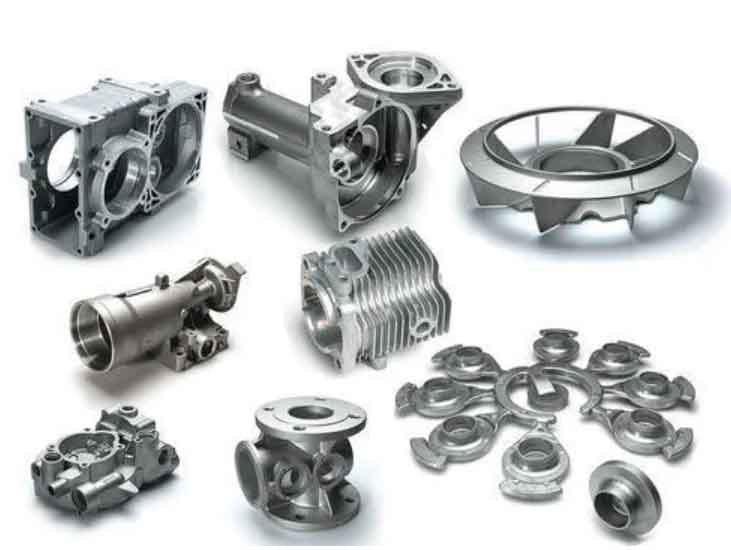
Grey cast iron, also known as gray iron, is a type of cast iron that derives its name from the color of its fracture surface, which appears grey due to the presence of graphite flakes. The composition of grey cast iron is primarily composed of iron and carbon, with small amounts of other elements that influence its properties. The key components of grey cast iron include:
- Iron (Fe): Iron is the primary constituent of grey cast iron and makes up the majority of its composition. It provides the material with its strength and structural integrity.
- Carbon (C): Carbon is a critical element in grey cast iron, and it exists primarily in the form of graphite flakes. The amount of carbon in grey cast iron typically ranges from 2.5% to 4%, which is considerably higher than in other types of cast iron.
- Silicon (Si): Silicon is the second most abundant element in grey cast iron. It promotes the formation of graphite during solidification and helps enhance the material’s fluidity during casting.
- Manganese (Mn): Manganese is added to grey cast iron to improve its strength and wear resistance. It also aids in promoting the formation of graphite.
- Sulfur (S): Sulfur is a common impurity found in grey cast iron. While small amounts of sulfur can enhance the material’s machinability, excessive sulfur content can lead to brittleness and reduced strength.
- Phosphorus (P): Phosphorus is another impurity found in grey cast iron. It can improve fluidity during casting but is generally limited due to its adverse effects on mechanical properties.
- Traces of Other Elements: Grey cast iron may contain small amounts of other elements like copper, nickel, and chromium, depending on the specific grade and intended application. These elements may influence specific properties of the cast iron.
The key differentiating factor of grey cast iron is the presence of graphite flakes within its microstructure. These flakes provide unique properties like good damping capacity, which is beneficial in applications where vibration dampening is critical.
The casting process plays a crucial role in determining the final composition and microstructure of grey cast iron. The cooling rate during solidification affects the size and distribution of the graphite flakes, which, in turn, influences the material’s mechanical properties.
The composition of grey cast iron, with its graphite flakes and a combination of other elements, results in a material with excellent machinability, damping capacity, and good strength for a wide range of engineering applications.
